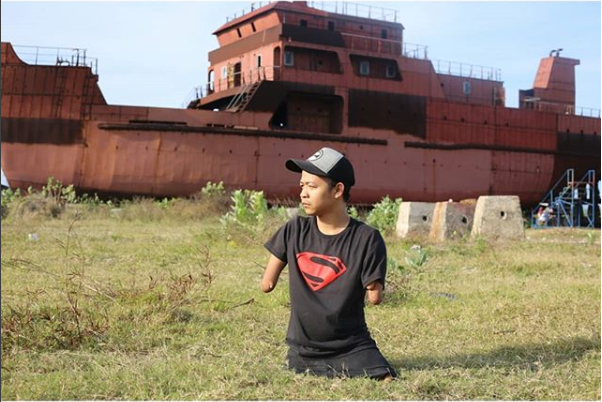In photography we went to the Newseum. We roamed around and looked at different pictures and exhibits. I think the best exhibit was the ” Pulitzer Prize” exhibit. One of the pictures was called “Struggling Girl”.
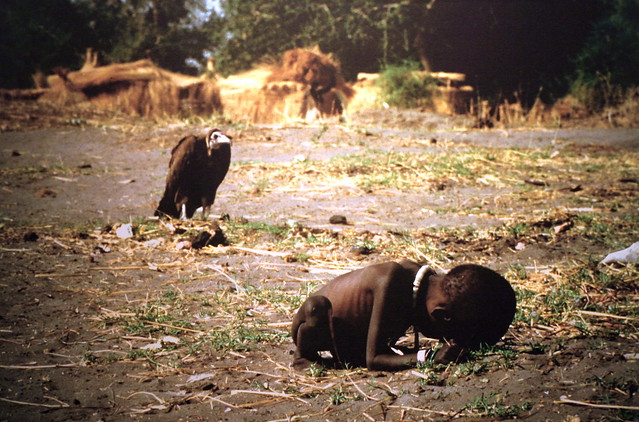
This photo shows a starving girl, crawling to a United Nation food camp. The vulture is sitting there waiting/watching the child as she’s dying, so that as soon as she dies it could eat her. The photographer, Kevin Carter, committed suicide 3 months after taking this picture because he was so sad and tired of seeing these horrible sights. I was very, very sad when I saw this picture because it made me think of all the starving people in the world. I don’t know why this picture pulled me in, it just has the affect on people, that makes them want to help.
The next picture that I liked is called “Reunion.” It shows a refugee, Agim Shala, 2, being passed through the barbed wire fence into the hands of grandparents at the camp run by United Arab Emirates in Kukes, Albania. This picture made me happy and sad because I was happy that the child was saved but I’m sad for all the people that wouldn’t be able to fit through the fence. It drew me in because the baby’s coat is a bright blue and my eyes just went to the picture as I was walking by.
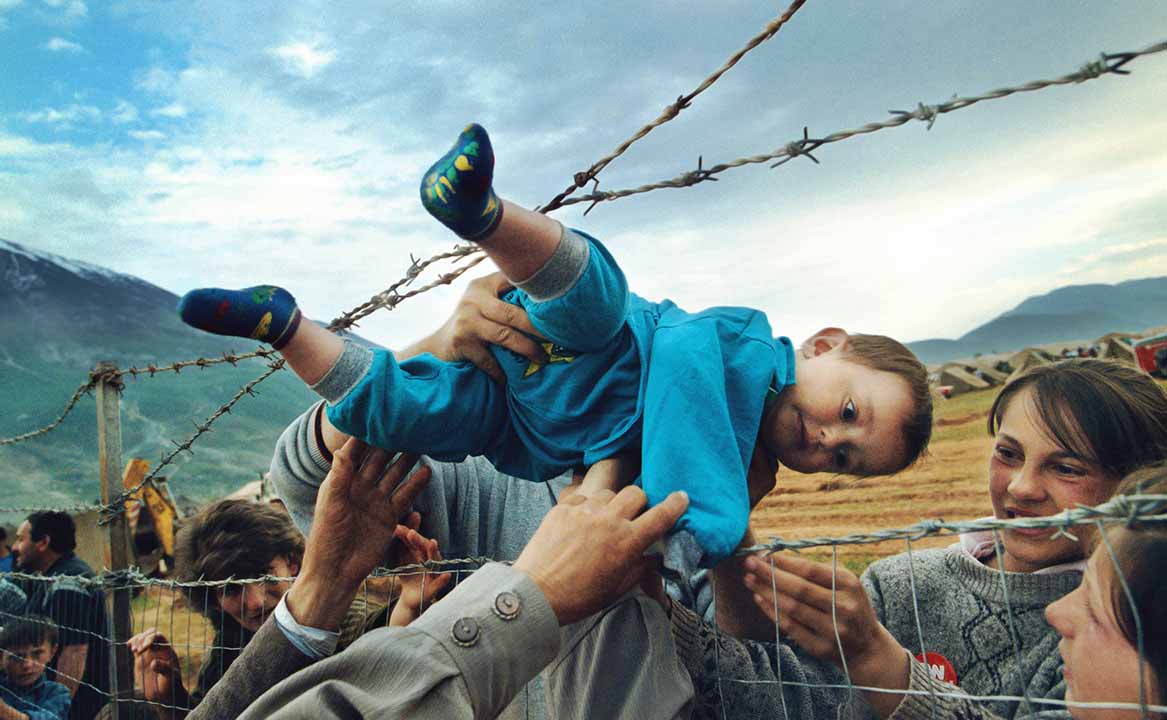
I probably wouldn’t be able to take the picture because I’d have a crazy urge to help. Maybe if it wasn’t too severe, like the “Reunion” picture but if it was someone dying, I would help. The only reward you would get from taking a picture is money, if you helped someone the reward is saving someones life. Which in my opinion, saving someone’s life is a better reward than money. It’s hard to be a photographer because you have to chose between helping someone and taking the picture.
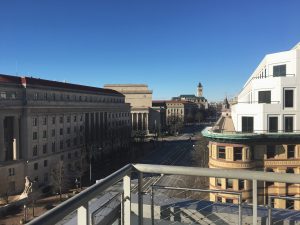
 These pictures show DC. We went to the balcony and looked over DC. I liked it because I like heights and I like down and seeing everything smaller. My favorite part are the little statues on buildings and on the sidewalks. This fits the museum because it’s literally where the museum is and these pictures show everything around the museum and the view from the balcony.
These pictures show DC. We went to the balcony and looked over DC. I liked it because I like heights and I like down and seeing everything smaller. My favorite part are the little statues on buildings and on the sidewalks. This fits the museum because it’s literally where the museum is and these pictures show everything around the museum and the view from the balcony.

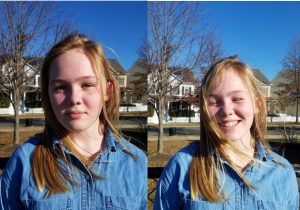

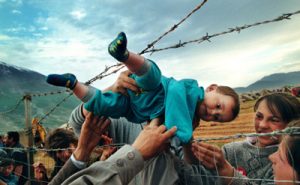

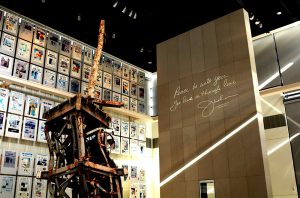
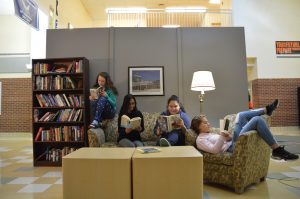
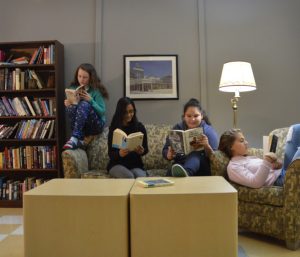


 My favorite exhibit was the Pulitzer Prize Photographs because it was so enlightening. I witnessed so many things that I did not now about. There were also some things I had heard about, but never in this much detail. These photos made me realize that there are so many hardships in the world and that I am lucky to have such an easy life compared to others around the world. I wish to visit this exhibit in the future when there are new photographs.
My favorite exhibit was the Pulitzer Prize Photographs because it was so enlightening. I witnessed so many things that I did not now about. There were also some things I had heard about, but never in this much detail. These photos made me realize that there are so many hardships in the world and that I am lucky to have such an easy life compared to others around the world. I wish to visit this exhibit in the future when there are new photographs.





 These pictures show DC. We went to the balcony and looked over DC. I liked it because I like heights and I like down and seeing everything smaller. My favorite part are the little statues on buildings and on the sidewalks. This fits the museum because it’s literally where the museum is and these pictures show everything around the museum and the view from the balcony.
These pictures show DC. We went to the balcony and looked over DC. I liked it because I like heights and I like down and seeing everything smaller. My favorite part are the little statues on buildings and on the sidewalks. This fits the museum because it’s literally where the museum is and these pictures show everything around the museum and the view from the balcony. 